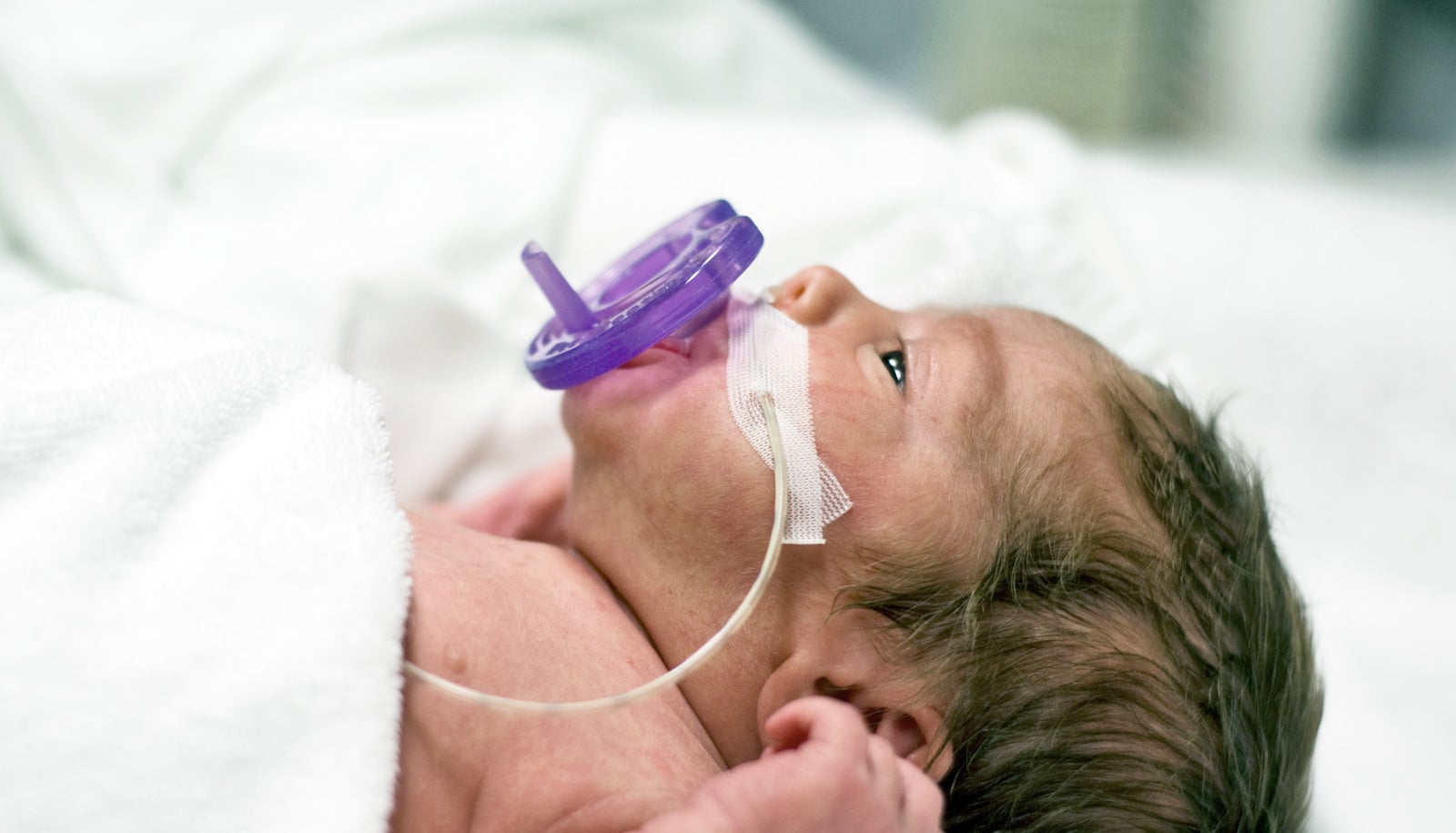New research with mice points the way to the first possible drug treatment for preeclampsia.
One in 20 women around the world suffers from preeclampsia during pregnancy. It causes a rise in blood pressure and kidney failure. It is one of the most common causes of death during pregnancy—for both the mother and the fetus.
There is currently no treatment and the only method doctors have to prevent it is early delivery.
“As long as the symptoms of the mother and fetus allow it, we can wait before initiating the birth,” says Ursula Quitterer, professor of molecular pharmacology at ETH Zurich.
Lost elasticity
Interlocked or aggregated receptors, known as heterodimers, are at center of the investigations, researchers say.
“Every day that the fetus has left to develop in the mother’s womb counts when it comes to premature births.”
The receptors respond to hormonal impulses and also to mechanical stimuli, triggering signal cascades inside the blood vessel cells. Feedback loops can derail and change the cells’ appearance and behavior. Healthy vessels contract when needed, but vascular cells swell during preeclampsia and blood vessels lose their elasticity.
Strong pressure in the abdomen during the last trimester of pregnancy causes this and leads to overstimulation of the receptor heterodimers, Quitterer says.
Four extra days in the womb
For the study in Cell, researchers genetically engineered mice to accumulate the two receptors responsible for sensing the mechanical stimulus in their blood vessel cells. After 18 of 20 days of gestation, the mice developed the same symptoms that women with preeclampsia experience: increased blood pressure and protein in their urine.
Conversely, when researchers reduced the receptor heterodimers, it delayed preeclampsia. They treated the mice with amlodipine, an old (and no longer patented) antihypertensive drug, which blocks a calcium channel, thus disrupting the signal cascade the receptor heterodimers triggered. The treatment ensured that the vessel cells did not swell and that the walls of the blood vessels remained elastic.
Both the genetically modified mice and the placental tissue samples from women suffering from preeclampsia showed signs of the interlocked receptors.
To test whether the receptor heterodimers play as crucial a role in humans as in mice, researchers in the obstetrics & gynecology department at Cairo University treated four pregnant women with incipient preeclampsia with amlodipine and four with nifedipine, which is chemically related to amlodipine and is also a calcium channel blocker.
Although both treatments lowered blood pressure, amlodipine significantly prolonged the pregnancy. Compared with the group treated with nifedipine, the women in the amlodipine group were able deliver four days later on average. The results are clinically relevant, Quitterer says, because “every day that the fetus has left to develop in the mother’s womb counts when it comes to premature births.”
Quitterer has researched receptor heterodimers for 20 years. “At the beginning, nobody wanted to believe that aggregated receptors exist,” she says.
The new findings put an end to this discussion—but also initiate the next one, she says. Now “major clinical trials can investigate whether amlodipine in conjunction with aspirin could delay the onset of preeclampsia in high-risk pregnancies.”
Source: ETH Zurich



